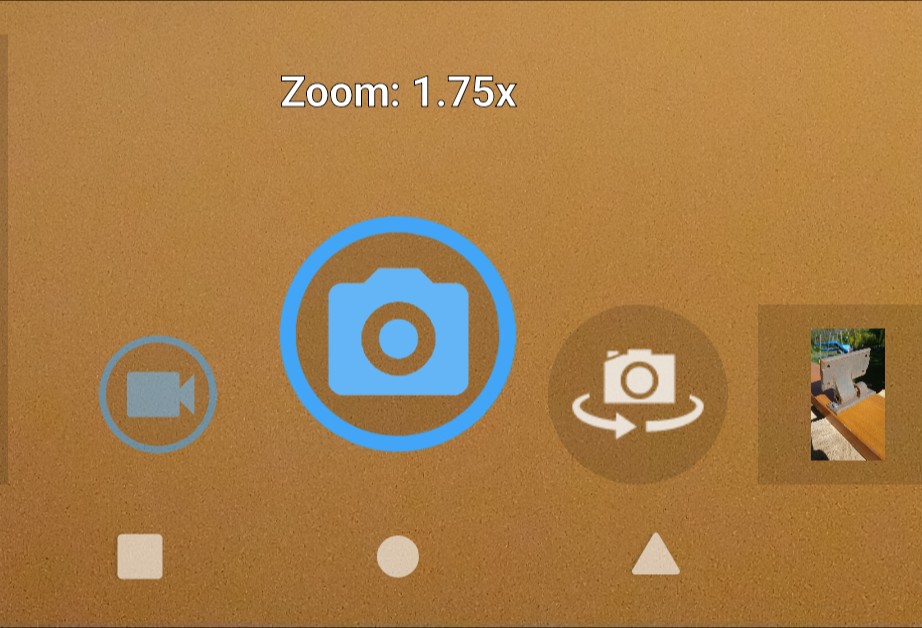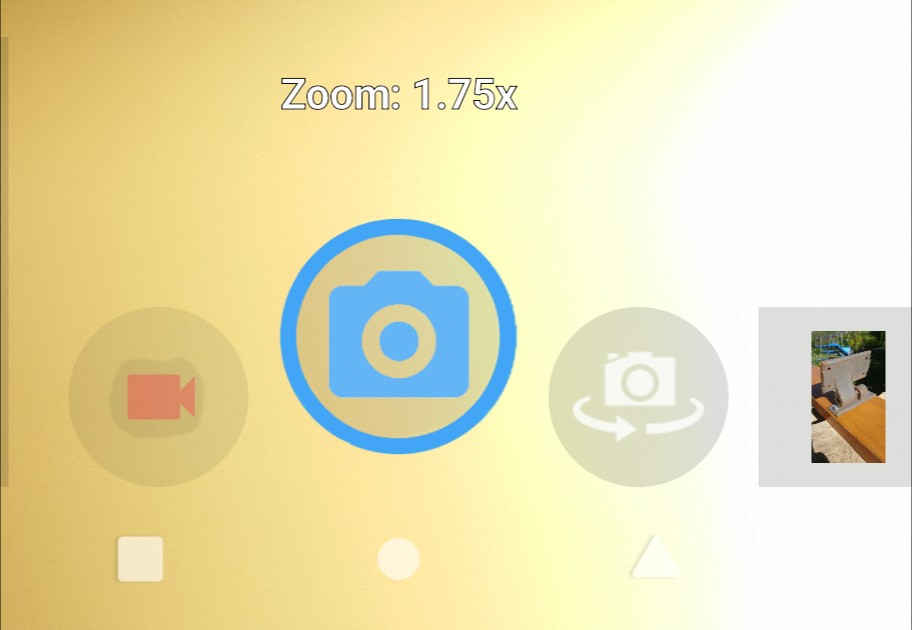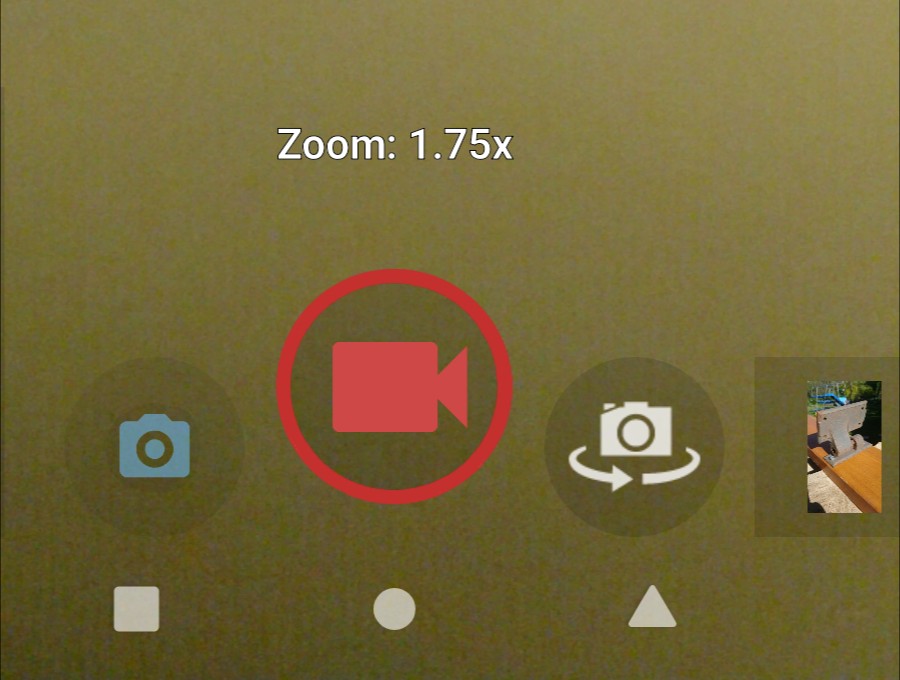Hooray for Seedvault Backup! At last there is an open-source backup solution that can be built in to de-Googled Android-based phones such as those running LineageOS or CalxyOS. I should write more about why this is a fantastic development, but not right now.
This article is about something else: the importance of keeping a very clean default launcher experience for the Ordinary User, and how surprising the habits of the Ordinary User may seem to us if we are a developer or a Power User.
This story starts with Seedvault Backup currently (mid-2021) being relatively hard to find and awkward to access in the Android system settings menus. A developer proposed making it easier to find and access by adding a launcher icon for it. This would certainly make it easier to find and access. But here is the long version of my response to that proposal.
TL;DR: In my opinion it is probably best NOT to add a launcher icon by default, because that is not in the best interest of the ordinary user in their ordinary every-day activities. Basically, my argument is that an Ordinary User will treat it as set-and-forget settings, and will want to ignore it for nearly all of their life, so we shouldn’t insert an icon for it among their user apps.
The rest of this comment is rather long. It is not meant to be a rant, just a fuller explanation of why I make this suggestion, and I thought I might as well write it all down as it may not all be obvious to everyone.
I understand, it would indeed be nice to make the Seedvault UI a bit easier to find and access. It would especially be nice during the time I (the user) am setting up and testing the backup procedure, when I need to access it again and again. Let’s come back to this later, towards the end of this long comment. But I am not the ordinary user and this is not the usual way of using my phone, so let’s first think about the ordinary user in their ordinary usage.
I have had the privilege of watching a real Ordinary User recently and this is what I found in real life. The “ordinary user” I speak of is quite surprising to us techies: it is a person who is focused on their own activities and does not care to spend time understanding or interfering with how their phone is working. In fact we might consider them to be neglecting their phone’s needs and health. This ordinary user does not want to customize their phone: they do not even add favourite apps to their home screen! They just find them in the launcher or in recents. This ordinary user does not care about keeping the software up to date, they only do so if a pop-up forces them to, otherwise they ignore it. This ordinary user does not even bother to dismiss their notifications! That’s an optional extra thing they don’t need to do, they don’t want to waste their brain space on it, they just want to do something particular with some particular app right now and then shut the phone.
A typical default launcher such as on LineageOS shows all the user apps, plus just one “Settings” icon. That seems an intentional and user-focused way to organize things. The ordinary user likes to get some help setting up the phone, and then forget about it. They don’t need or want to visit what they regard as low-level settings like these again, so they don’t need easy access to them. Additional icons added to the launcher are just clutter that get in the way of them finding their user apps.
I noticed that LineageOS-for-microG adds a second settings icon for microG settings. In a small way, that is already prioritising the interests of power users and developers and techies while starting to degrade experience for the ordinary user. Let us not copy that mistake.
Backup, and microG-settings, are far from the only system settings that some users might sometimes like shortcuts for. They are just two of many. It should certainly be made possible for a ROM maker or a power user to create shortcuts to settings and settings-related apps such as Seedvault, and also to particular activities within it, so that such developers or power users can make a page of settings shortcuts if they want to. That would make sense, for example, with a launcher that allows creating sub-groups of launcher icons. But while making such things possible, let us not underestimate the importance of getting the default experience right for ordinary users.
Now back to the topic of making Seedvault easier to access for those users and those times when that’s needed, a few minor suggestions:
- Enhancement: I noticed that searching the system settings for “backup” finds Seedvault’s UI, while “seedvault” does not find it. Conversely, searching for “seedvault” does find Seedvault’s “App info” screen, whereas searching for “backup” does not. Let’s at least add “seedvault” to the searchable string used for its settings UI, and add “backup” to the searchable string used by its “App info”, to make these consistent and more discoverable.
- Enhancement: when the “Seedvault: backup running” notification is showing, clicking this should open the Seedvault UI. It currently doesn’t do anything when I touch it.
- Minor enhancement of interest to power users: without adding this to the launcher, just to mark the UI activity as launchable, so that an “Open” button appears on its “app info” screen where currently there are only the Uninstall and Force Stop buttons.
Maybe we can think of more ways to make it findable when it’s needed without showing anything when it’s not needed.
(My versions: Seedvault 11-1.2, on LineageOS-for-microG 18.1 3-September-2021, on a OnePlus 6 “enchilada”)



